kareem's onesie party
What can I say? I’m really tardy getting these photos up, but it was such a good time I have to share. They know how to throw a good party.


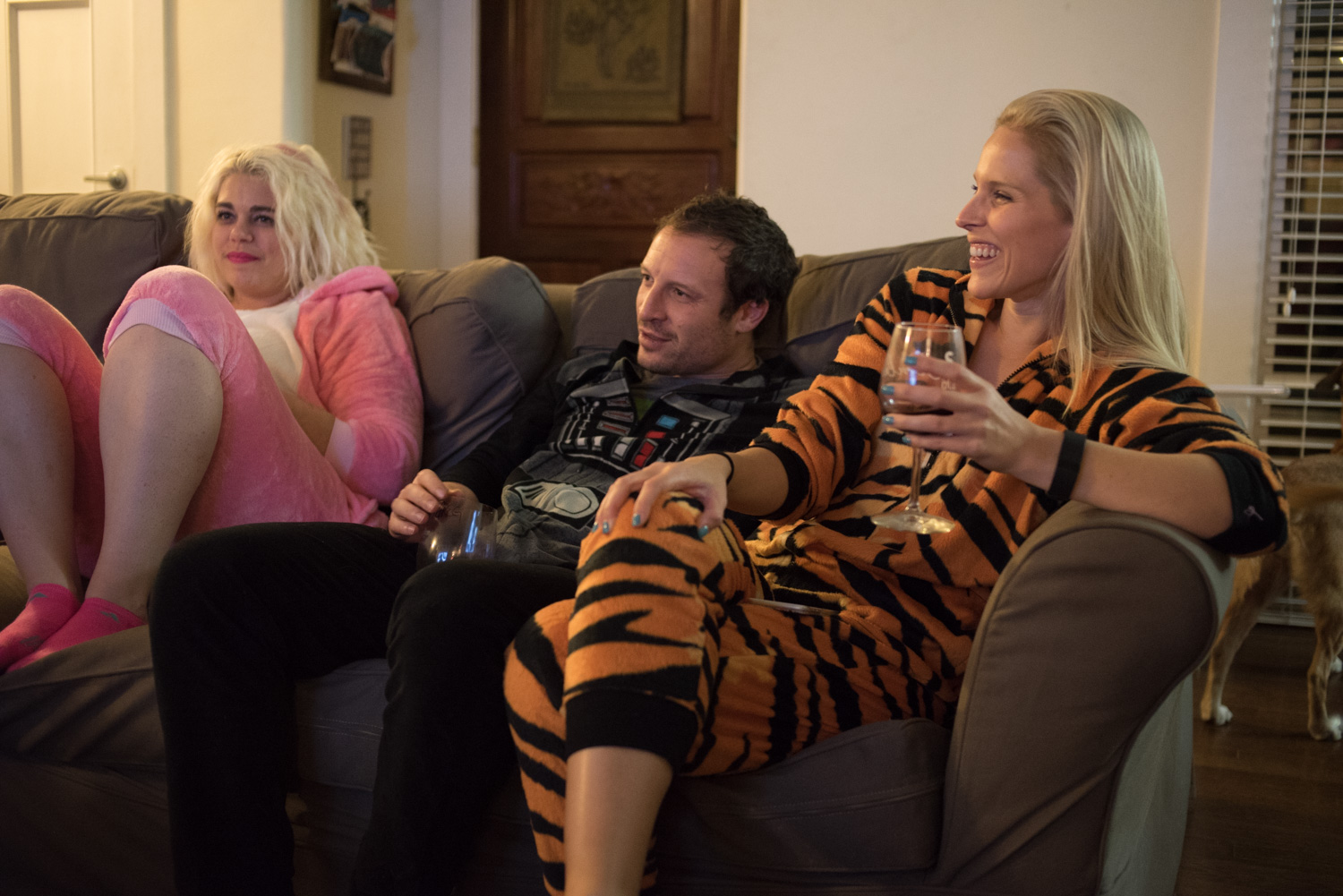
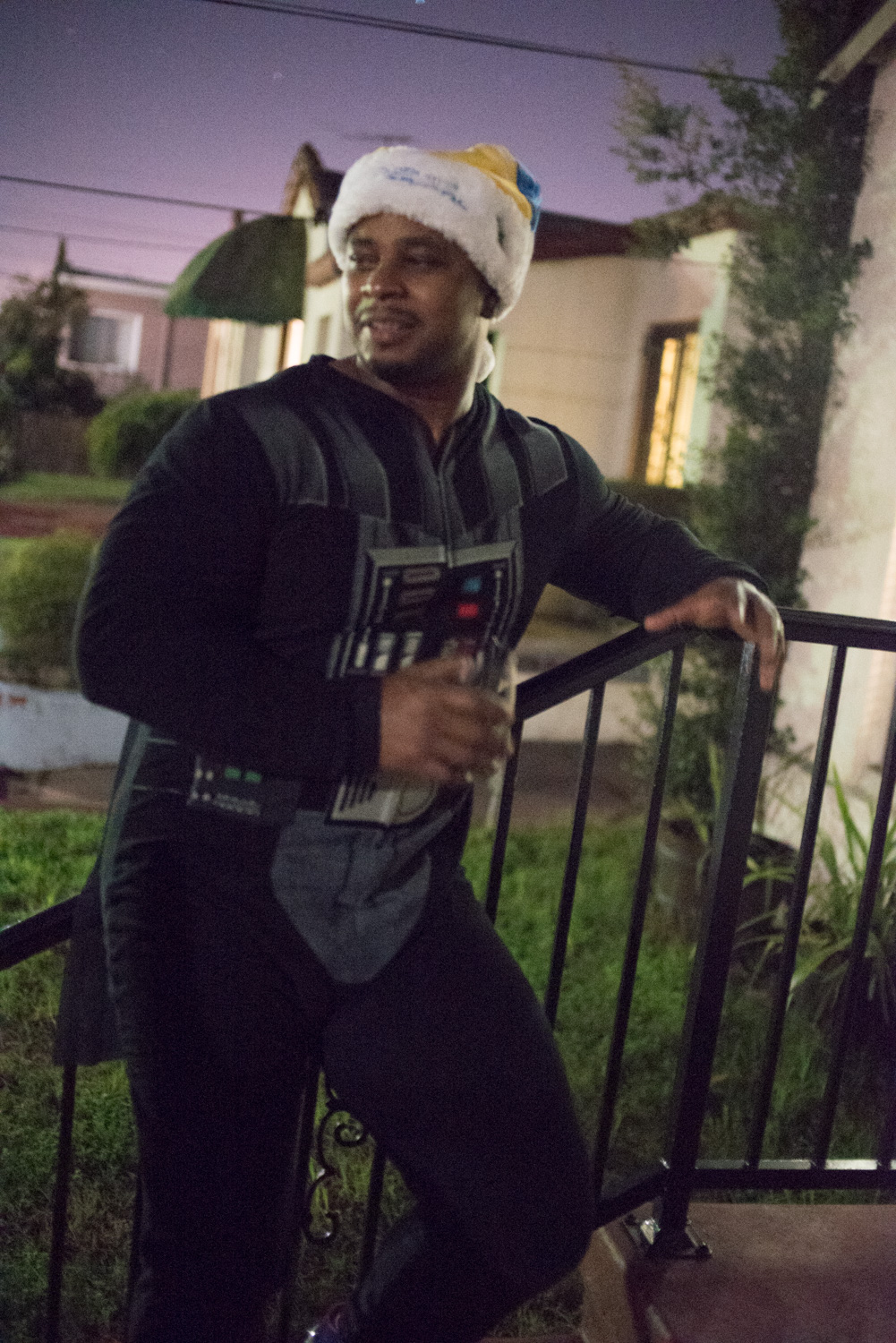
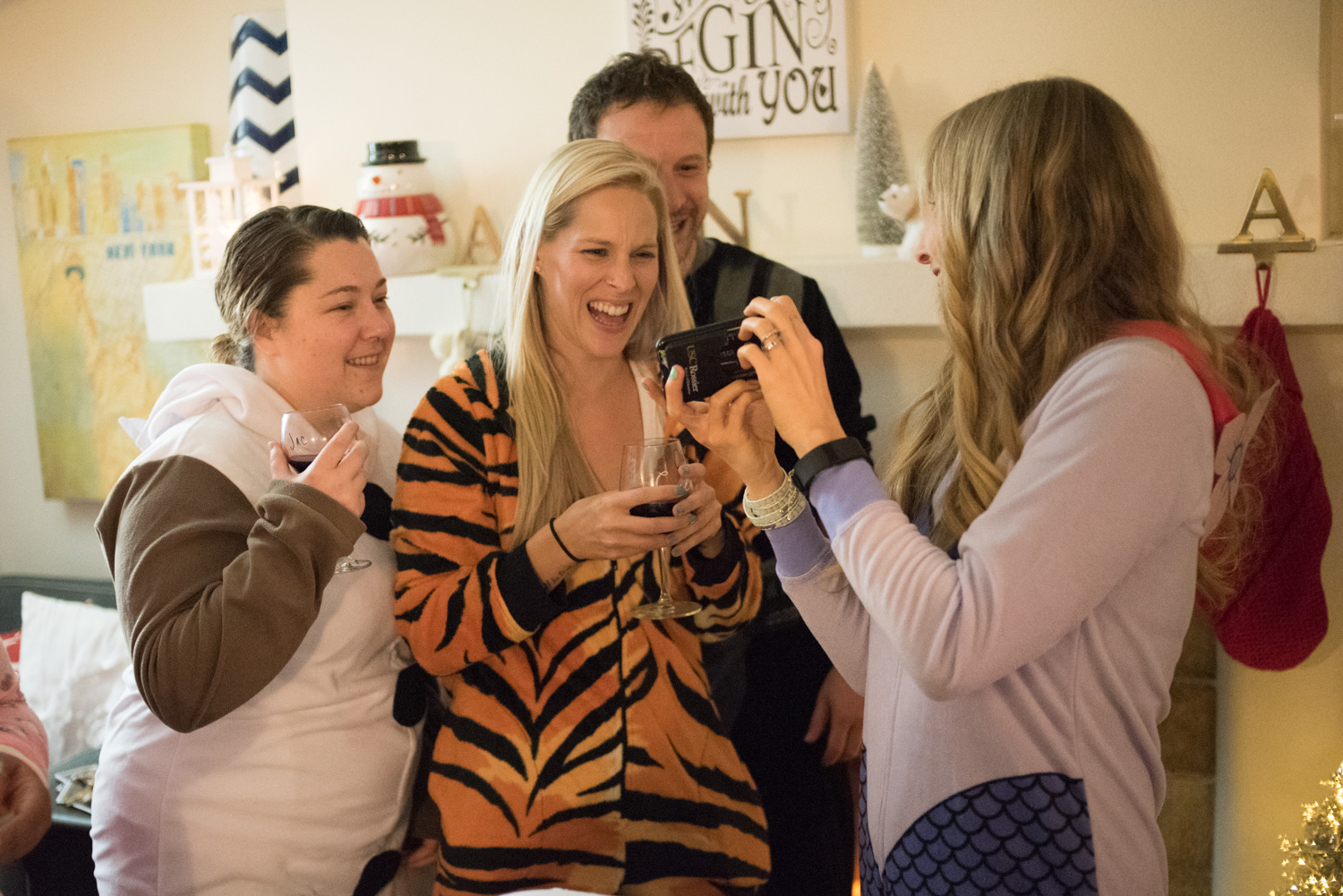
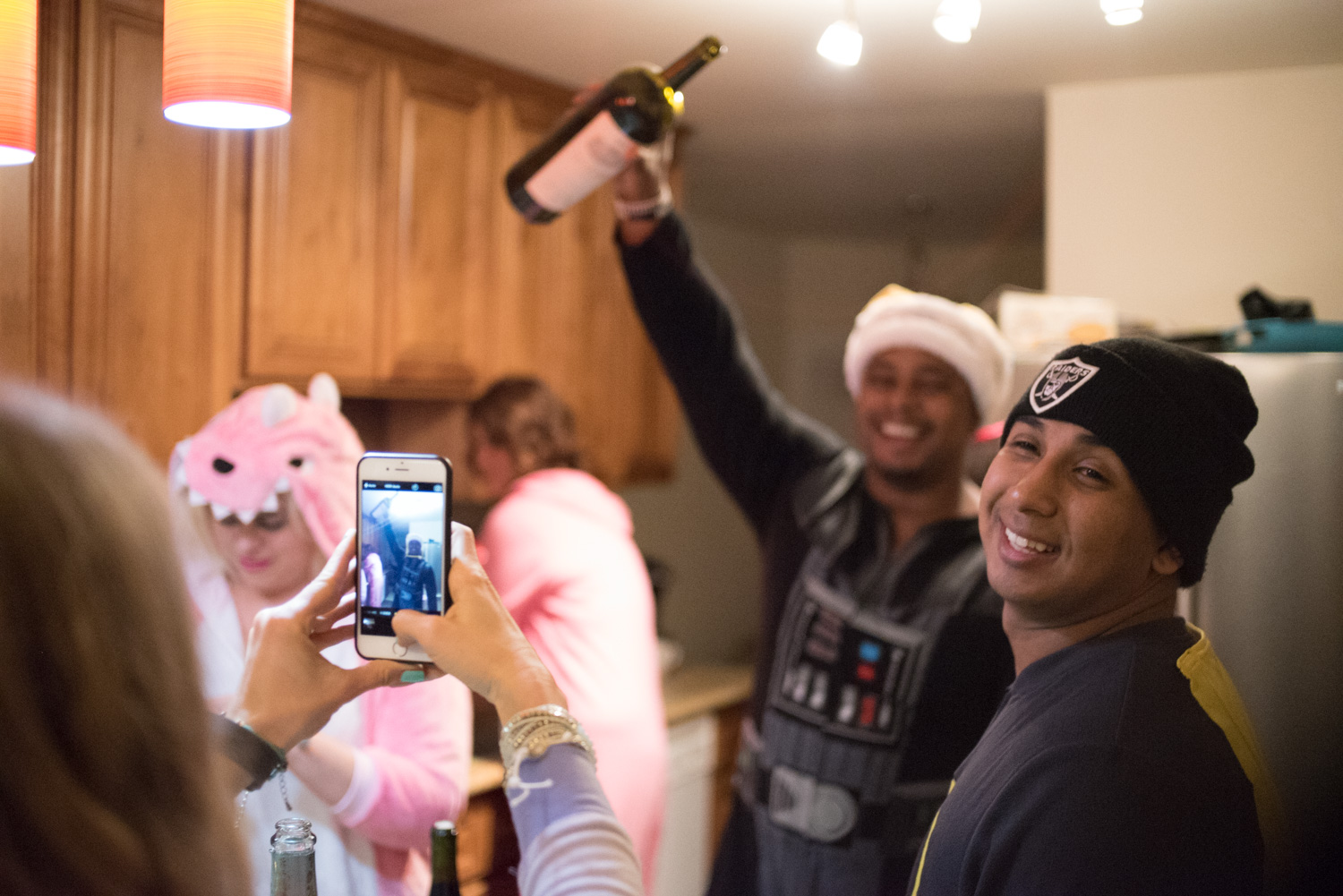
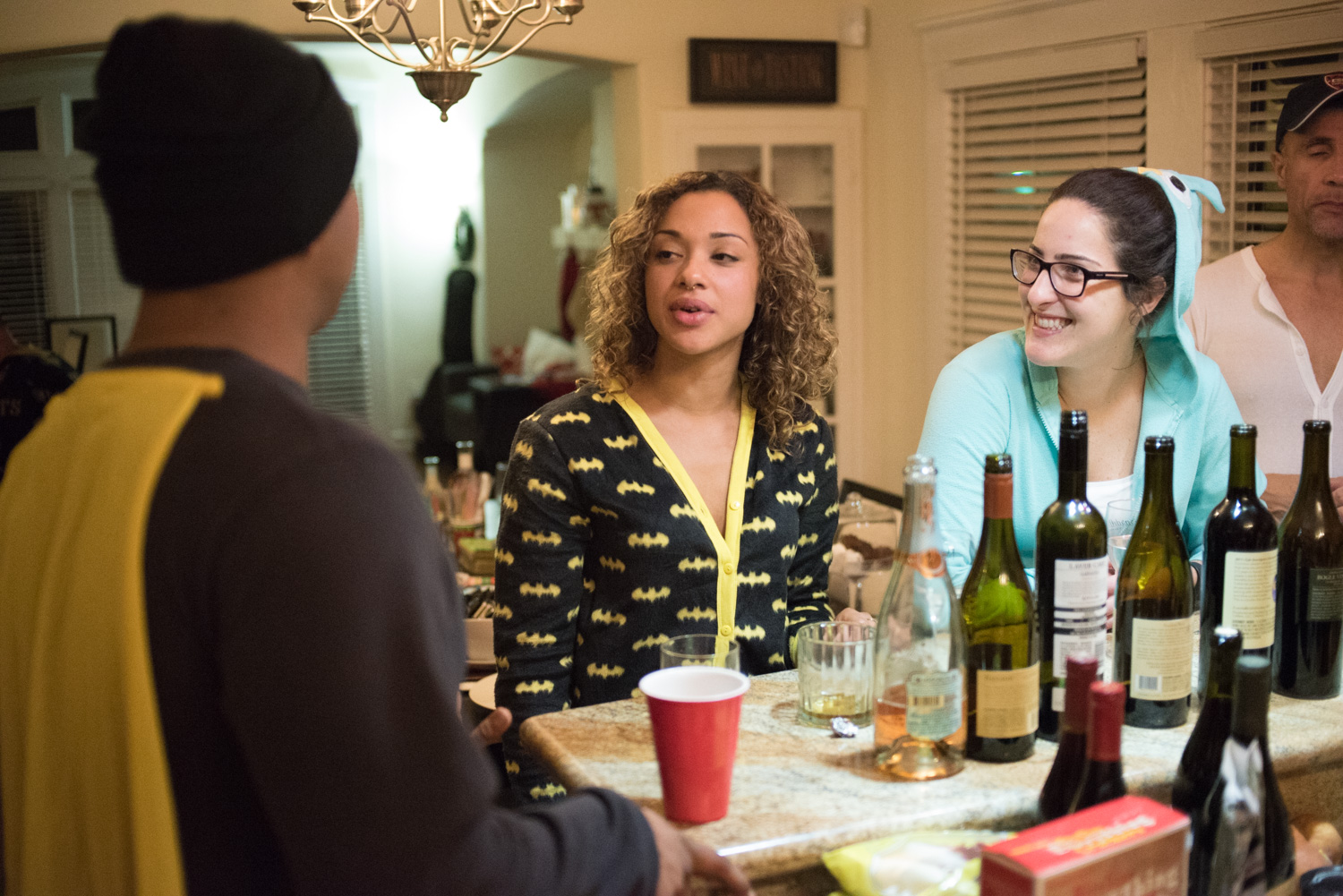
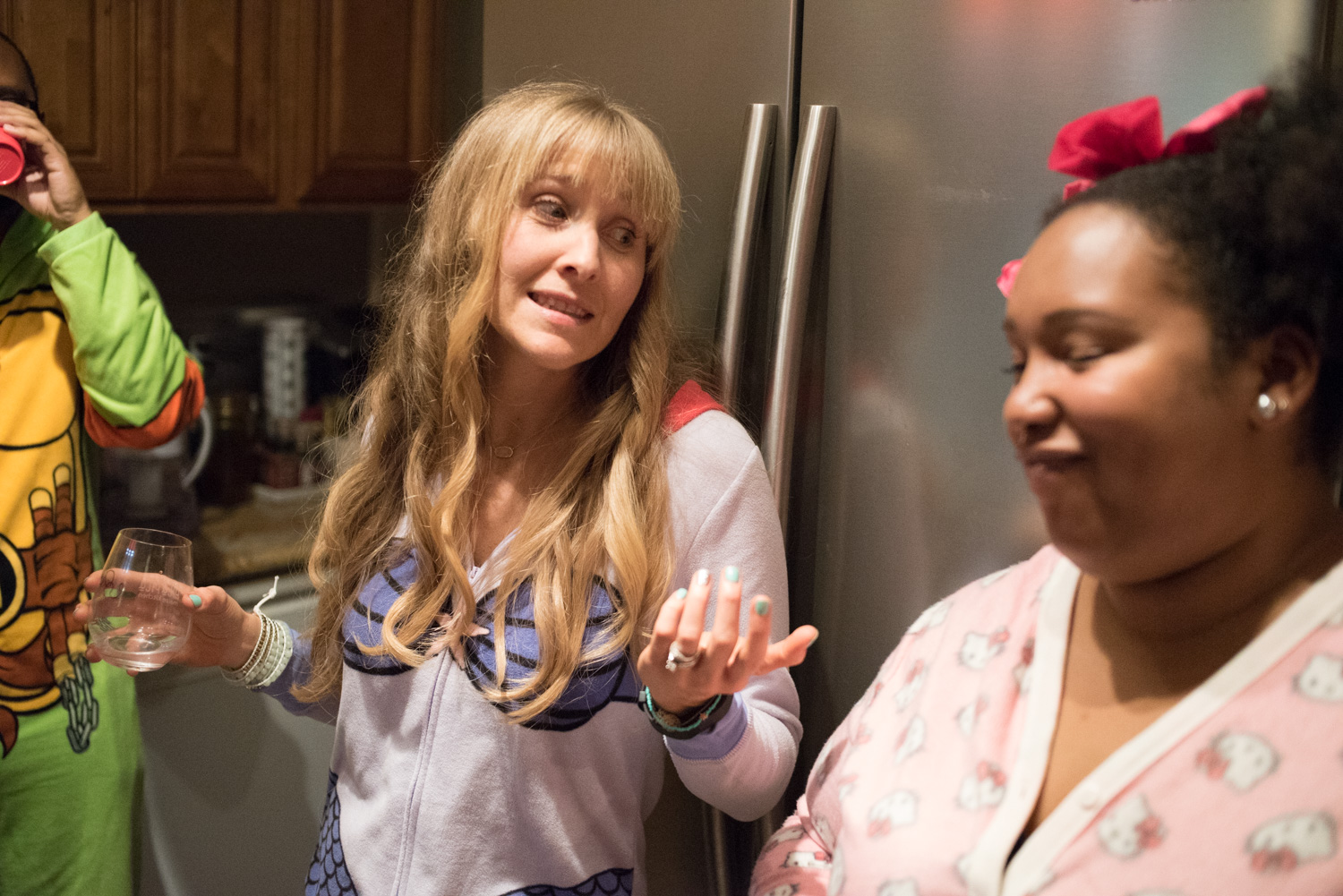
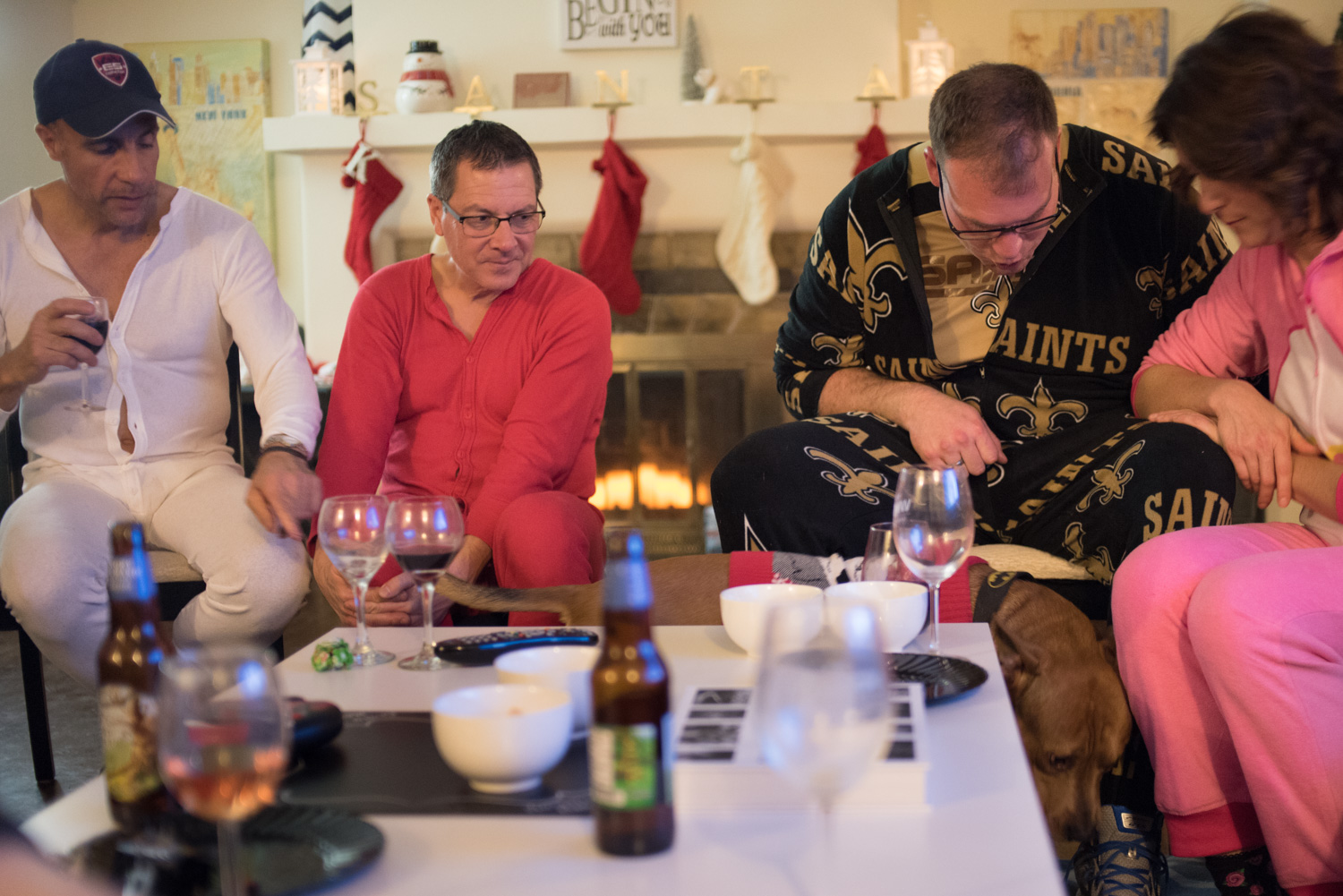
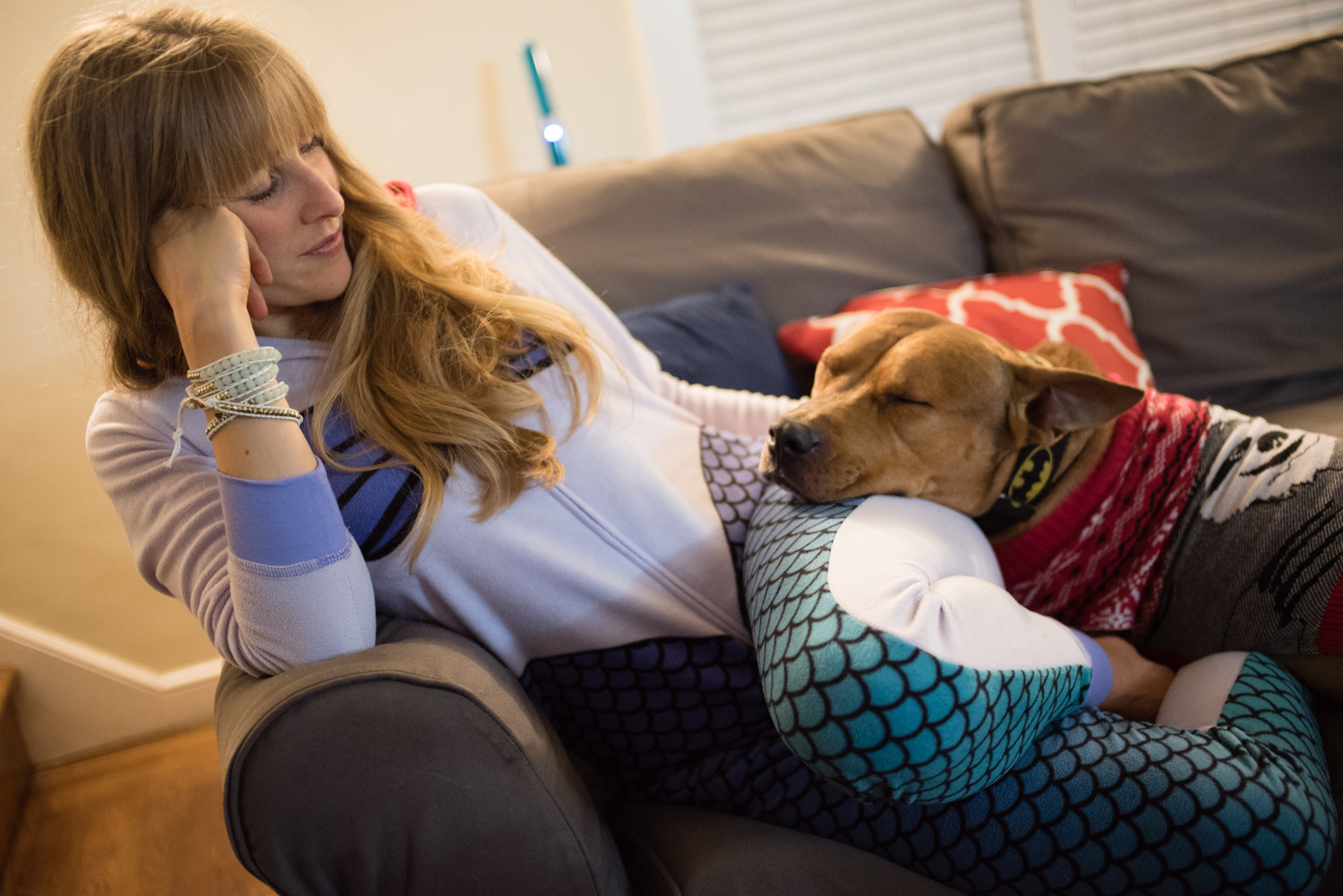
What can I say? I’m really tardy getting these photos up, but it was such a good time I have to share. They know how to throw a good party.










I flew home to see my folks just after christmas. There was a cheap flight I found at the last minute, probably a glitch, but it went through, so I went. They were happy to see me and I wished I’d had more time to spend with them, but there’s never enough time.
On the way out, since I’d gotten up at 2:30am to get to the airport, I fell asleep in my seat, and woke up about 45 minutes before landing. I looked out the window, and before my eyes adjusted, I thought I was looking at some great desert, an infinity of dunes stretched out before me. The light was orange with the dawn, and everything was covered in snow. As the sleep fog in my head cleared, I realized what I was looking at, and began to photograph. The mountains are breathtaking this time of year, especially from altitude.
The plains, to the east, are harsher, even as they are flat and regular. There’s nothing to hold on to out there; just a few farm buildings and Jefferson grid roads. Cold white and not much else. I was glad that both airplanes boarded from a jetway, and not a walk across the tarmac.
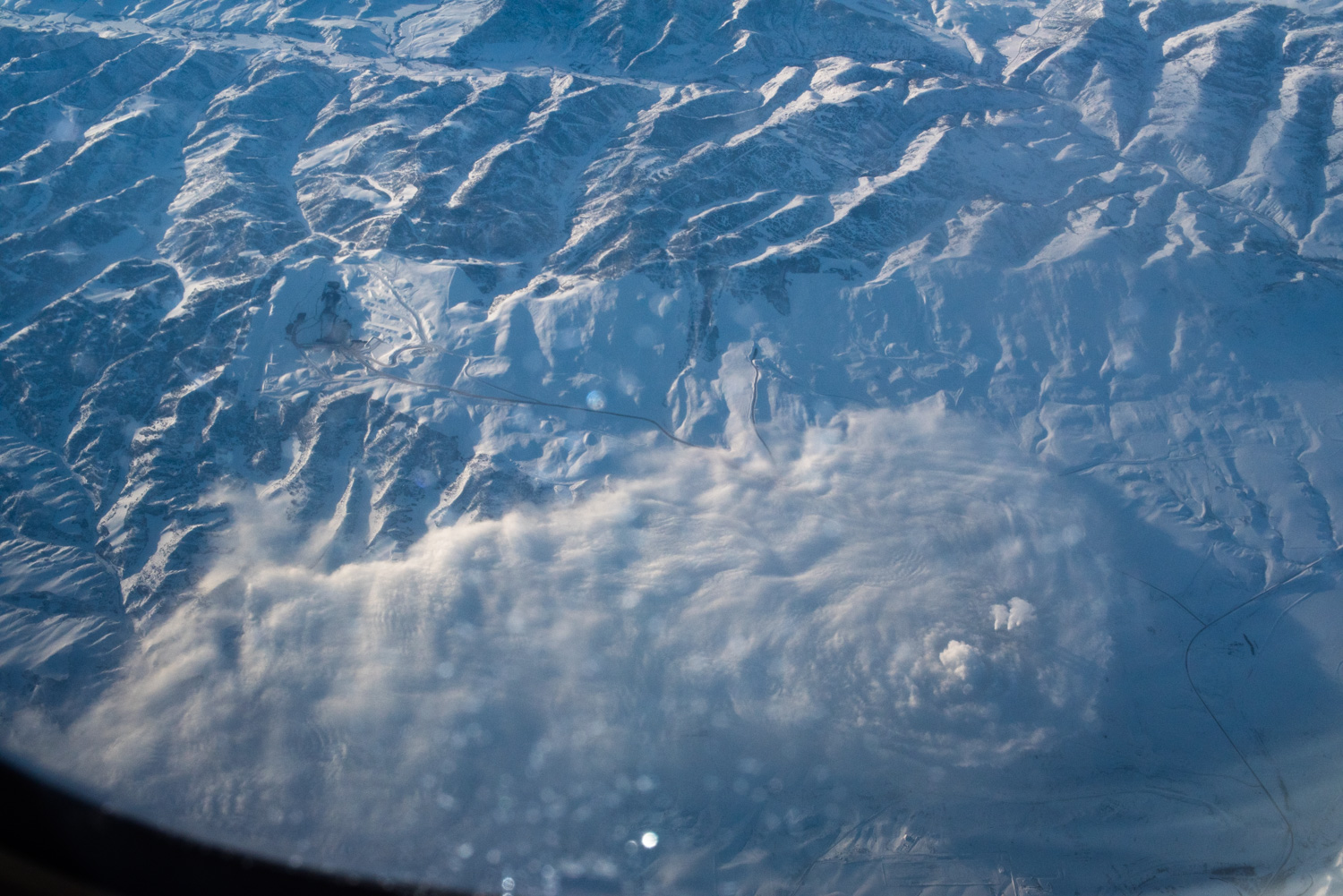
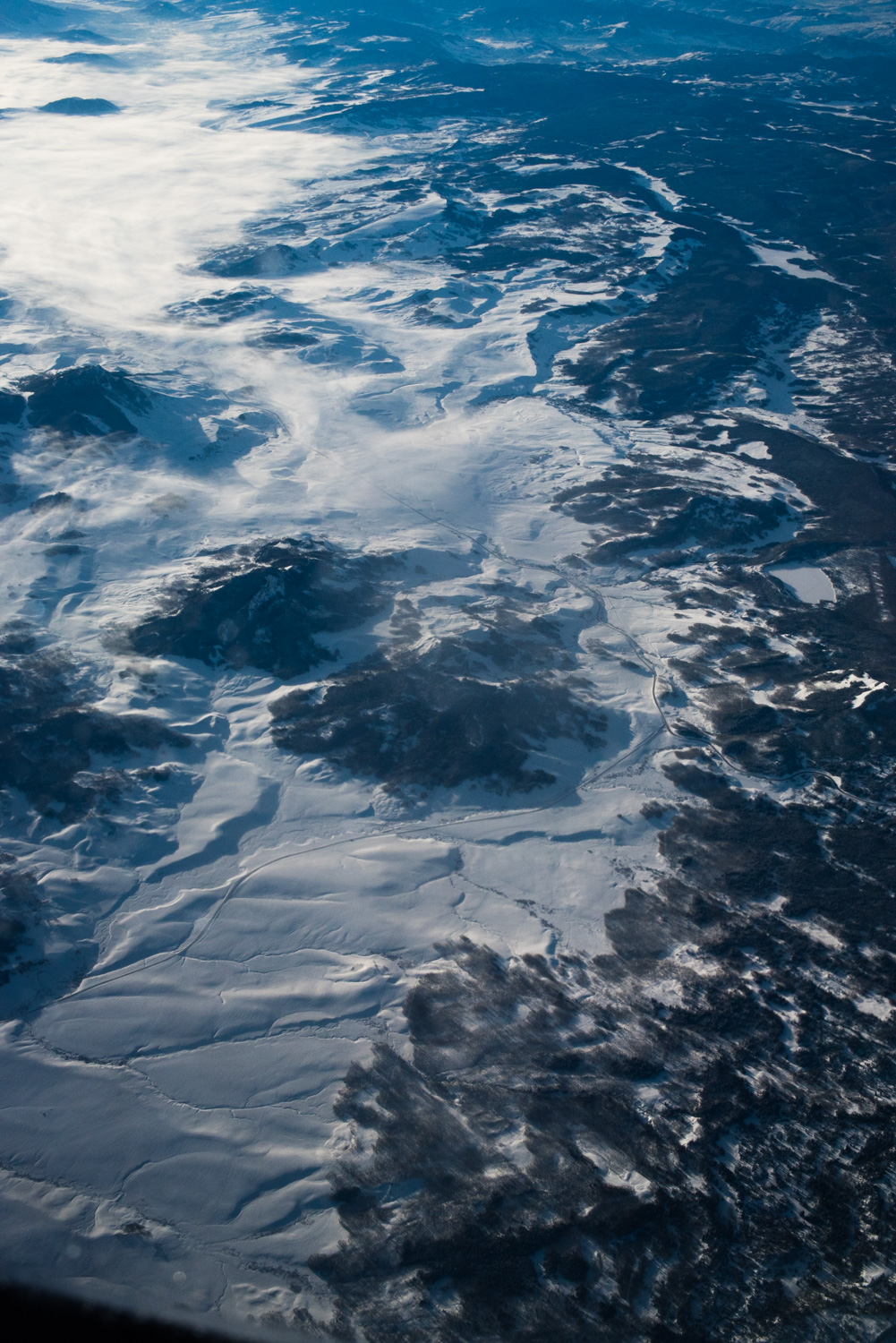
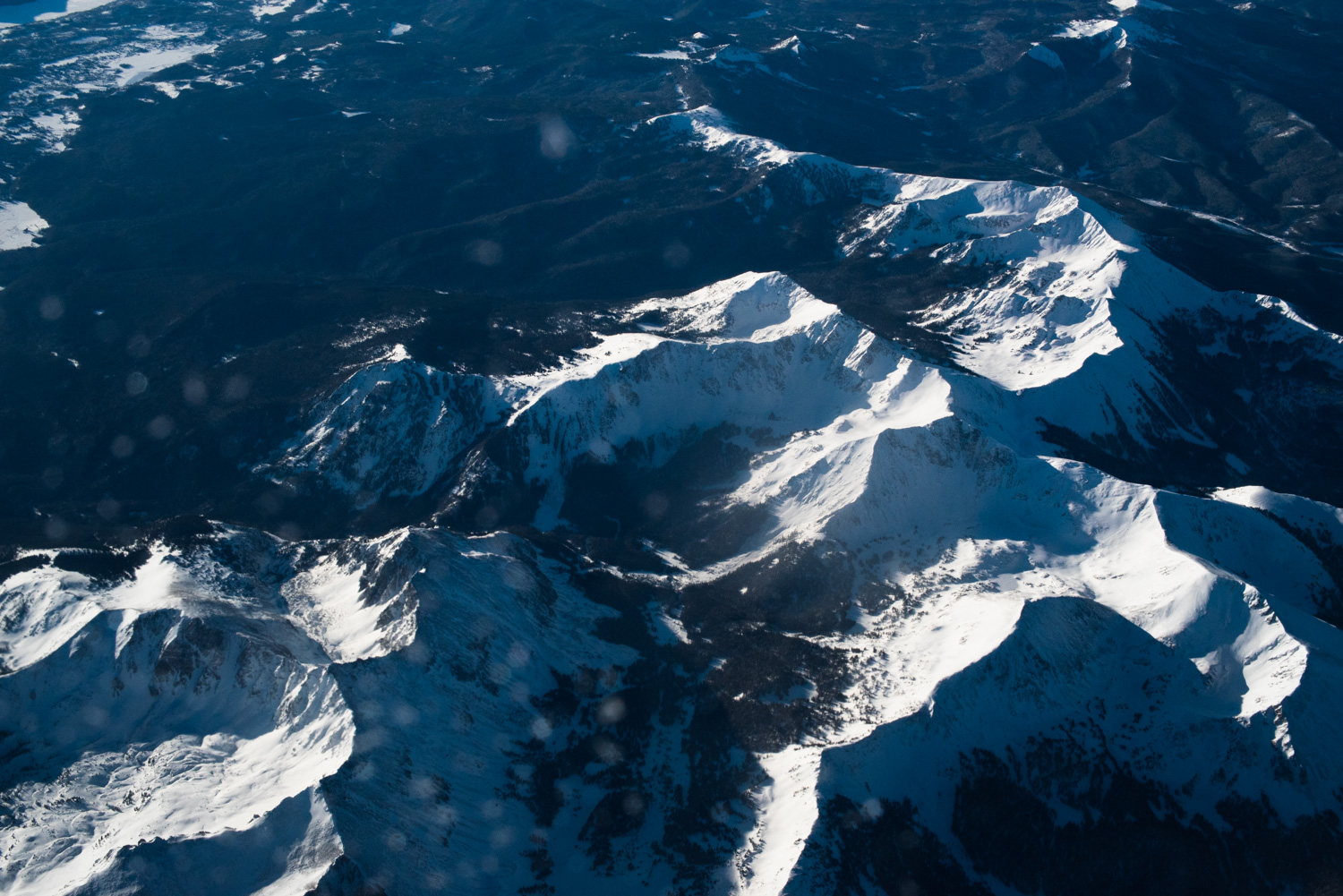
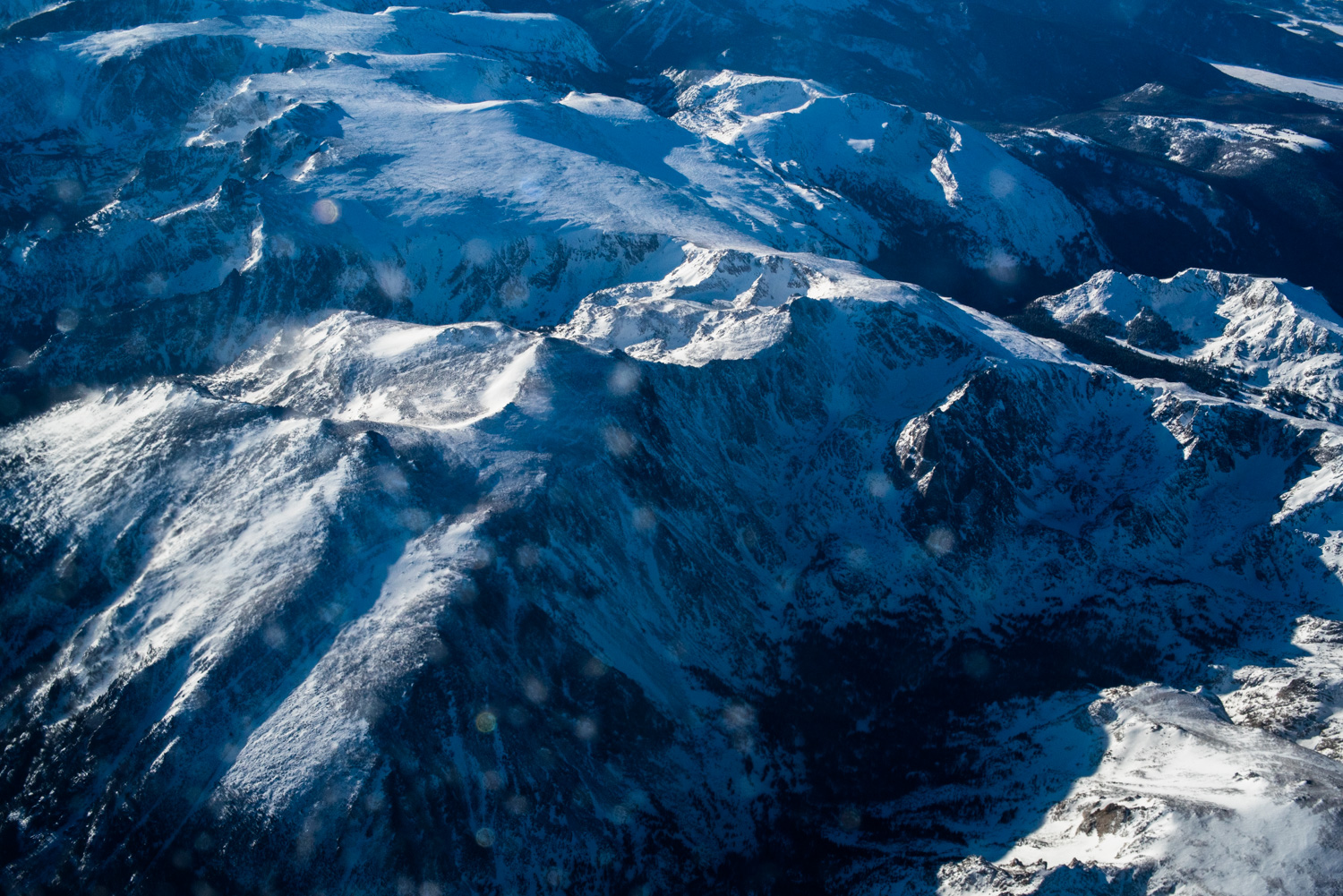
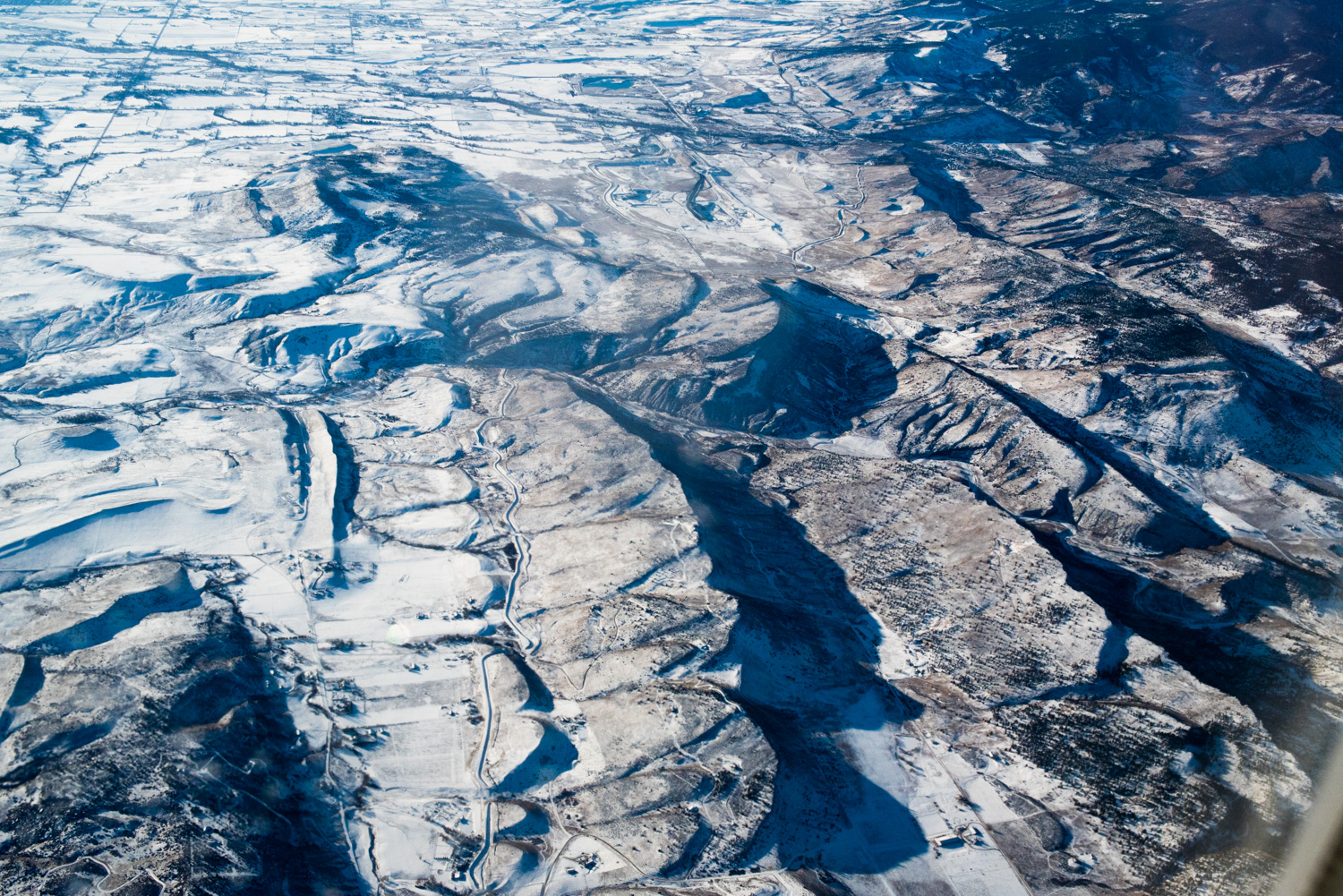


So this was our last day doing stuff in Ubud. The Ubud Monkey forest is half cultural preserve and half wildlife preserve, although its success at either seems dubious. It is good at extracting money from tourists, though. I sound really cynical, but in reality, it was a pretty good experience, wandering through a forest with ancient temples; the swarms of monkeys were funny, and left us alone entirely. There were warnings not to take food in, so we were careful not to.
Luckily, just outside the northern entrance, there were many shops where refreshments were available. I say ‘northern,’ but it could just as easily be the western or southern edge of the preserve. One of the problems of traveling to far flung corners of the world is that your sense of direction goes all wonky, and you have to rely on maps and signs a lot more.
Trying something a little new here, we’ll see if it works. There should be a twitter card and custom facebook image when these post. We’ll see! Isn’t technology fun?








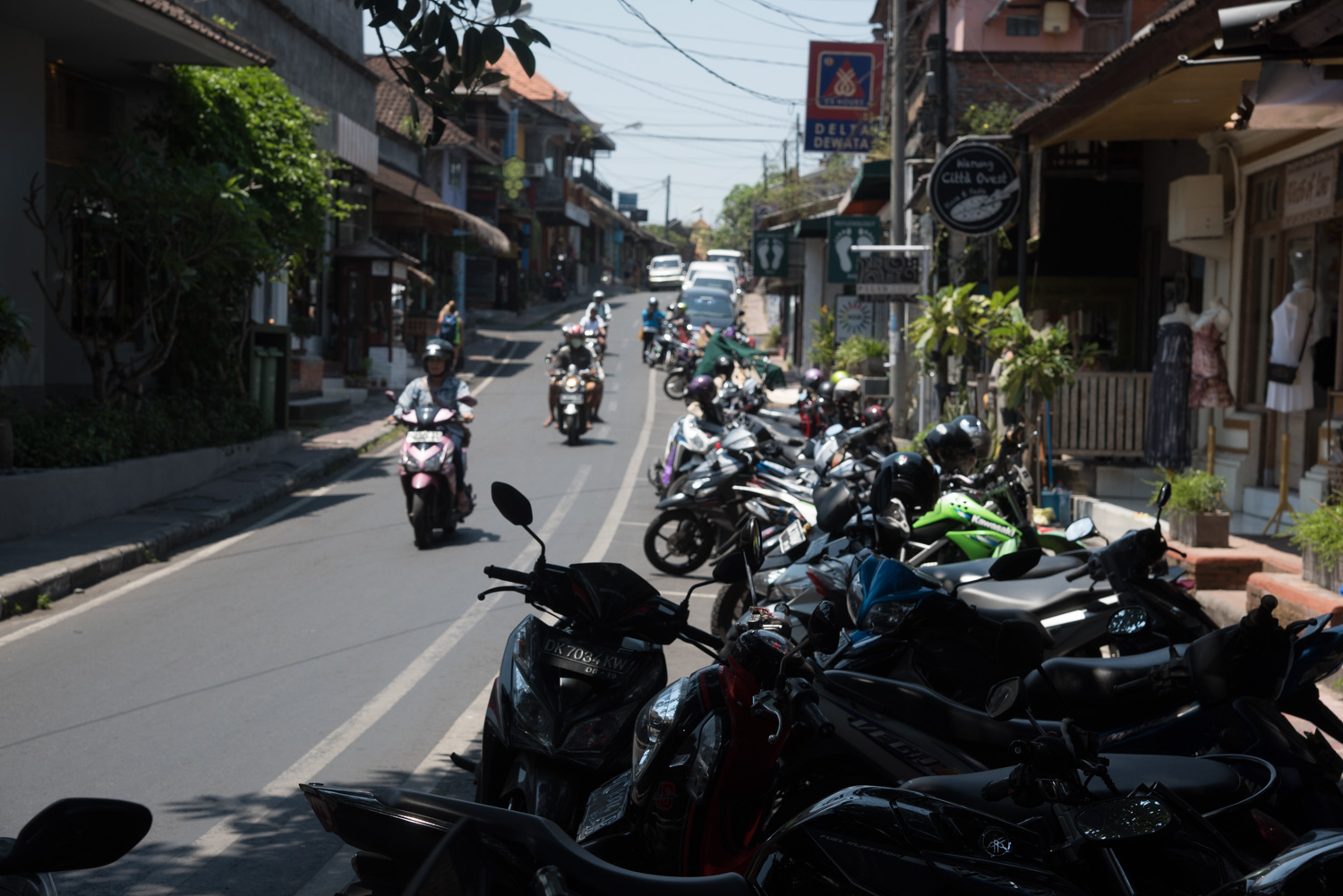
note: this started out as a lens review, and there was a paragraph in the middle that wanted to be a whole essay on why fixed focal length lenses are better, artistically, than zooms. So I let it be that, and cut out the review parts. Sharpness is a bourgeois concept, and we will not speak of it further.
I alluded to this in my last post, but I’m trying to be less fussy about composition. I’m not doing a typography or a field guide, and my subjects are always moving. I must get closer, make suggestions, and don’t show the whole thing. It calls for simplification in technique, and an increase in creativity. I’ve always seen the two somewhat in opposition, since my mind has limited, feeble resources. Zoom lenses works against this of-the-moment aesthetic.
A photograph will never be perfect on purpose. Maybe some photographs, of static subjects, shot with deliberation and care, will be great. Ansel certainly thought so. Weston too. But: their subjects are not my subjects, and out in the world where things are not fixed, you have to be ready to push the button when the moment is right. It’s a matter of a tenth of a second, much of the time. It reminds me of a description of swordfighting; if you try to think, it’s too late; it’s all feeling and intuition. One less thing to fiddle with is one more chance for serendipity to enter the field.
The physical restriction of a fixed focal length lens actually grants a degree of creative freedom. If you can select a range of options, you’ll do the easiest thing. Pick the cleanest, simplest composition. Try to place the borders of the frame clear of the edges, include the whole subject, and follow all those other neat little rules they tell you in silly books that pretend art has rules. When there’s a restriction of form, confined to one focal length, you have to arrange what’s in the frame by moving and waiting for the moment. You’re forced to see for yourself, and look outside the lines.
There’s also the reduced cognitive load for not having to pick a focal length; you put the camera to your eye, frame, and shoot. Cognitive load is the mental strain of whatever you’re thinking about, and you only have so much of it in a day, and only so much bandwidth at any given time. So, to juggle shutter speed, aperture, focus, ISO, focal length, composition, and timing, all at once, is really quite difficult. Much of that you can get away with setting once in a while, but it has to be part of your thinking somewhere, or the photos don’t work. So: if you can remove one of those questions, suddenly you have increased capacity for the others.
Zooms are not without use, to be sure. A ton of working photographers do a ton of good work with zooms, and I’ve shot many pictures I really like with them as well. But there’s another way. If you’re not doing the work you think you should be doing, try one out.


